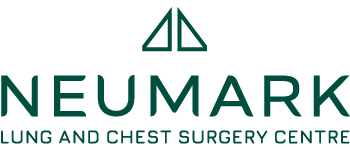While it may be embarrassing to some, excessive sweating affects millions of people worldwide. This medical condition, known as hyperhidrosis, describes when the body goes beyond a normal amount of sweating, beyond what is needed for thermoregulation. This can lead to significant social embarrassment, professional difficulties, and a reduced quality of life. So, understandably, people afflicted with hyperhidrosis look towards medical treatments to address this difficult condition.
Understanding Hyperhidrosis and Why We Sweat
Why do we sweat at all? How do we know if it is too much? Simply put, sweat is a part of our body’s engine, and it plays a crucial role in maintaining our internal balance. Specifically, it regulates our body temperature, ensuring that we release heat when necessary. As our core temperature rises, our sweat glands activate to release a clear fluid composed of water, salts and proteins. This moisture then evaporates on the skin’s surface, cooling us down. But not all sweat is created equal.
Hyperhidrosis can affect various body parts, but it most commonly occurs in the hands (palmar hyperhidrosis), feet, armpits and face. There are two major categories of hyperhidrosis: primary focal hyperhidrosis, which typically begins in childhood or adolescence and has no apparent cause, and secondary hyperhidrosis, which is caused by an underlying medical condition or medication.
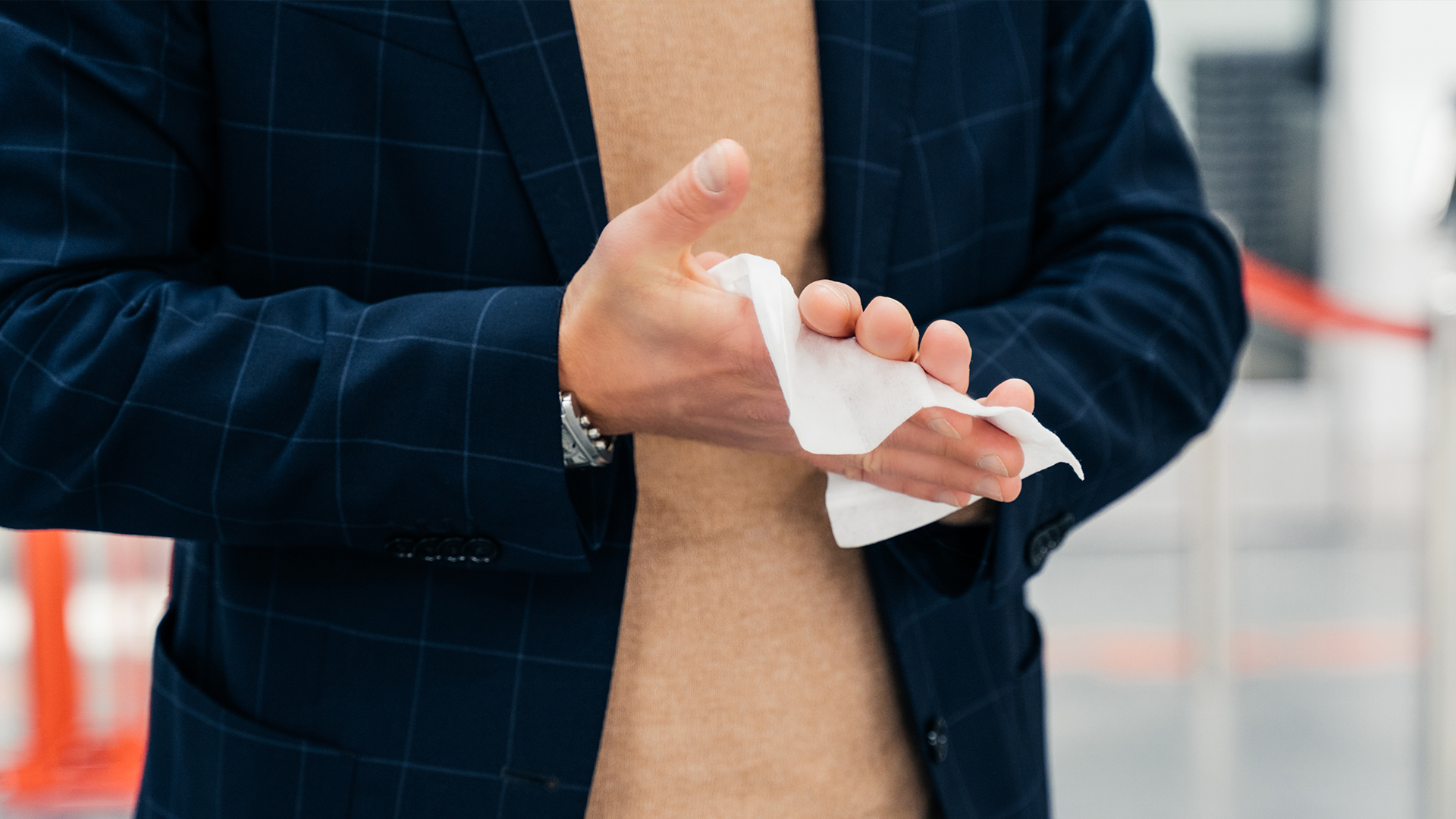
For people with hyperhidrosis, the sweat glands work overtime even when they aren’t needed for cooling. This leads to an excess amount of sweat that is not evaporated, disrupting the simplest of tasks, such as typing on a computer, tapping characters on the phone, or shaking hands.
Treatment Options for Hyperhidrosis
Traditionally, those with hyperhidrosis have sought refuge in a variety of treatments.
Over-the-counter or prescription antiperspirants for palmar hyperhidrosis often contain aluminium chloride. While these antiperspirants can reduce sweating, their efficacy varies from person to person. Additionally, they must be applied regularly. Sometimes, they can cause skin irritation or a prickling sensation, making them not the best treatment option for hyperhidrosis for all patients.
Anticholinergic drugs, like glycopyrrolate, can be prescribed to treat excessive sweating. These medications work by blocking the chemicals that allow certain nerves to communicate with each other, thus reducing sweat production. However, side effects like dry mouth, blurred vision, constipation, and urinary problems can occur because they affect the entire body. Additionally, their efficacy in specifically palmar hyperhidrosis treatment varies greatly.

Botox injections block the nerve signals responsible for sweating, stopping the sweat glands from producing sweat. This method can effectively treat palmar hyperhidrosis, but the relief is temporary. Typically, the effects last only a few months, and repeat injections are necessary. Also, the injections can be painful and may result in temporary muscle weakness in the hands.
Yet, for many, these solutions were mere stopgap measures, failing to address the issue’s root or provide long-lasting relief.
Delving into hyperhidrosis’s intricacies is essential to truly understanding its multifaceted impact. While these treatments can be beneficial, they often provide temporary relief and may not be sufficient for severe cases, particularly for hyperhidrosis treatment for hands.
Endoscopic Thoracic Sympathectomy as Hyperhidrosis Treatment
For those seeking a more permanent solution, especially for palmar hyperhidrosis, endoscopic thoracic sympathectomy (ETS) has emerged as a highly effective option. This minimally invasive surgical procedure has transformed the landscape of hyperhidrosis treatment in Singapore and worldwide.
ETS targets the sympathetic nerves responsible for triggering excessive sweating. During the procedure, a thoracic surgeon makes tiny incisions in the chest and uses a specialised camera (endoscope) to locate and interrupt these nerves. This effectively ‘turns off’ the signal that causes excessive sweating in the affected areas.
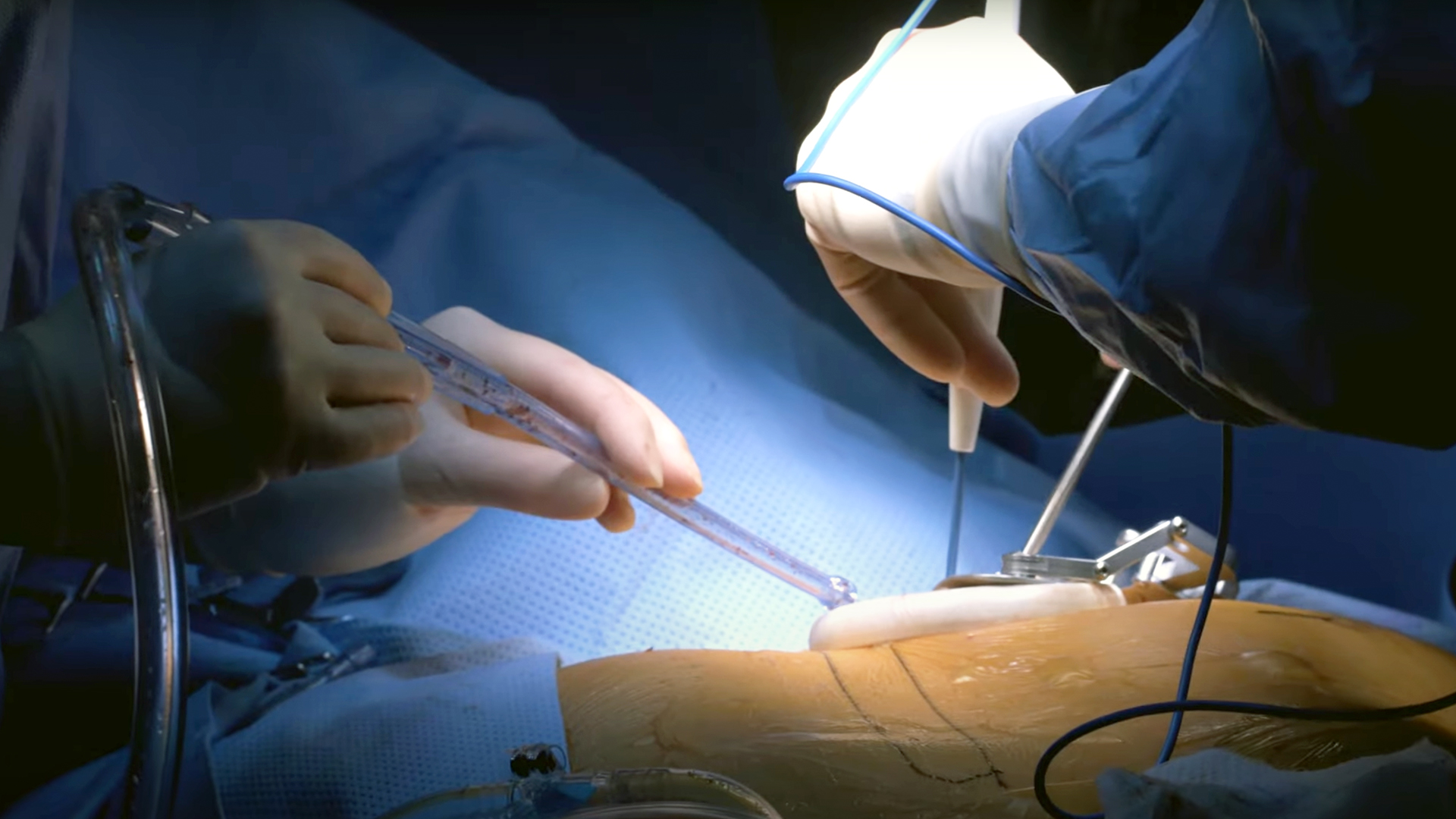
The procedure is particularly effective for palmar hyperhidrosis, with success rates often exceeding 95%. Many patients report immediate and dramatic improvements, with dry hands noted when they wake up from anaesthesia.
The benefits of ETS for hyperhidrosis include:
- High Efficacy: ETS provides a permanent solution for many patients, especially those with palmar hyperhidrosis.
- Minimally Invasive: The procedure involves small incisions, resulting in less pain and faster recovery than traditional open surgery.
- Quick Recovery: Most patients can return home the same day or after a short hospital stay.
- Immediate Results: The effects are often noticeable immediately after the procedure.
- Improved Quality of Life: Patients frequently report significant improvements in their social and professional lives post-surgery.
Considerations and Potential Side Effects of Endoscopic Thoracic Sympathectomy
While ETS is highly effective, patients must thoroughly consult a specialist to discuss potential side effects. The most common side effect is compensatory sweating. Other body parts other than the hands may experience increased sweating. However, for many patients, the benefits far outweigh this potential drawback.
The cost of hyperhidrosis treatment in Singapore varies depending on the chosen method. While conservative treatments like antiperspirants are relatively inexpensive, more advanced options like ETS require a larger investment. However, many patients find the long-term benefits of ETS justify the initial cost, especially considering the ongoing expenses of other treatments like Botox.
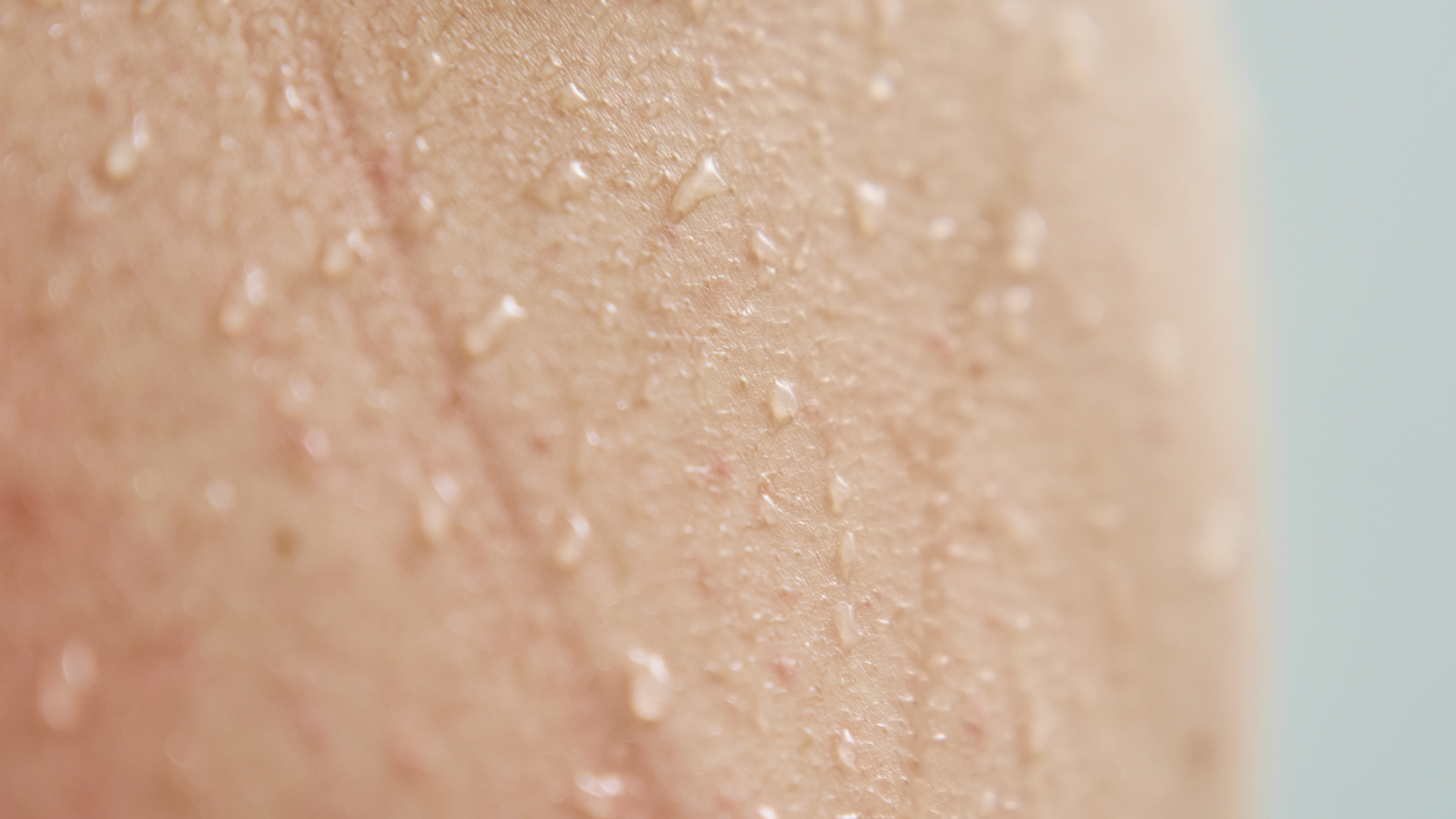
It’s worth noting that the cost of ETS in Singapore is often competitive with other countries, and the high standard of medical care makes it an attractive option for both local and international patients.
Choosing the Right Treatment
Selecting the best hyperhidrosis treatment depends on several factors, including the severity of the condition, the affected areas, and individual patient preferences. For those with severe palmar hyperhidrosis or cases where conservative treatments have failed, ETS offers a compelling option.
When considering ETS or any surgical treatment, consulting with an experienced thoracic surgeon specialising in hyperhidrosis treatment is important. They can provide a comprehensive evaluation and help determine if you’re a good candidate for the procedure. In Singapore, patients benefit from access to world-class medical facilities and highly trained specialists at the forefront of minimally invasive surgical techniques.
Hyperhidrosis can be a challenging condition, but with advancements in treatment options, there’s hope for those seeking relief. From conservative approaches to cutting-edge surgical techniques like ETS, the path to managing excessive sweating has never been more promising.
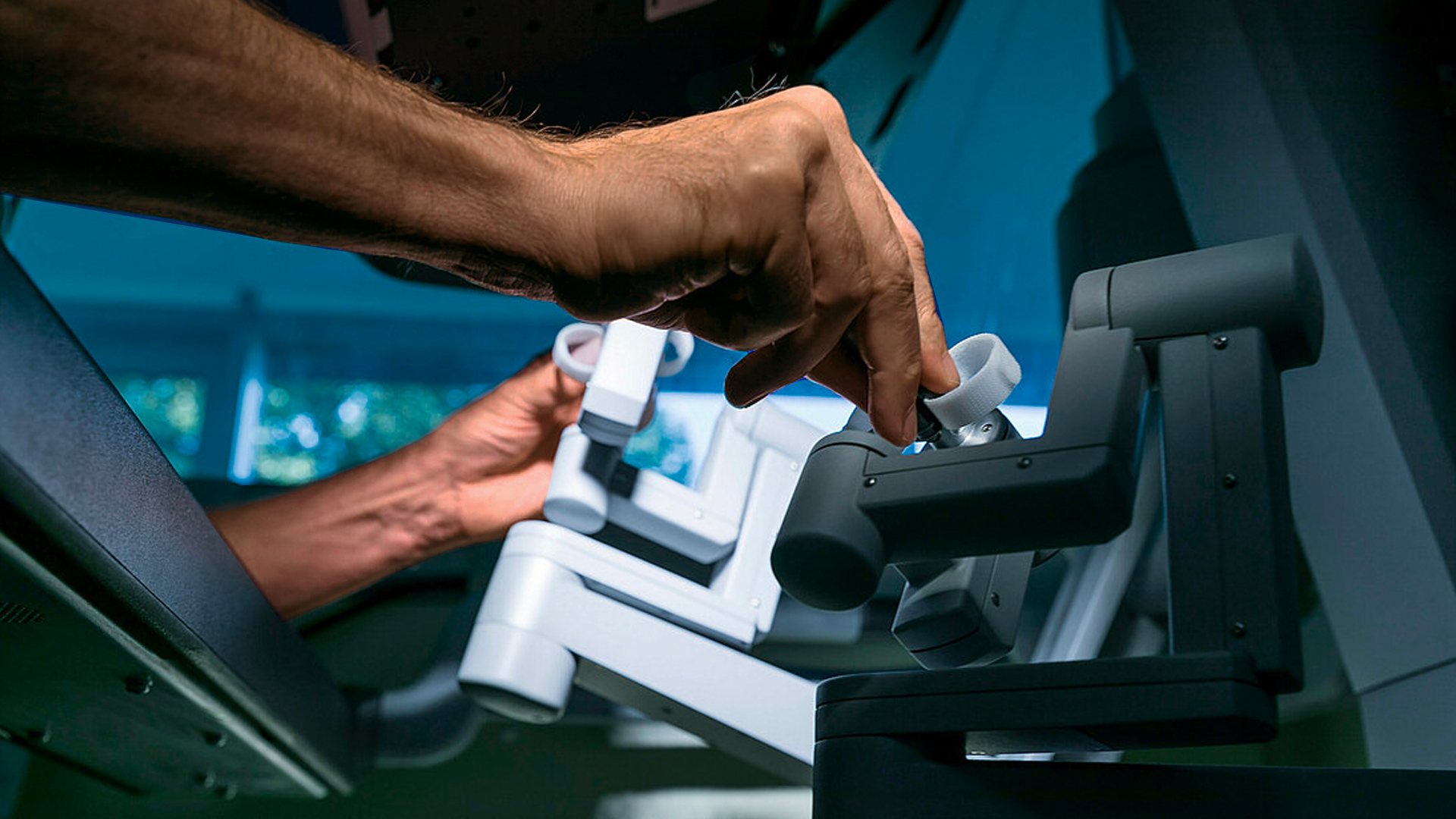
If you’re struggling with this condition and considering hyperhidrosis treatment in Singapore, it’s time to take the next step. The Neumark Lung & Chest Surgery Centre in Singapore specialises in thoracic conditions and offers state-of-the-art minimally invasive procedures, including ETS for hyperhidrosis.
Don’t let excessive sweating hold you back any longer. Contact the Neumark Lung & Chest Surgery Centre today to schedule a consultation and explore how their expert team can help you achieve drier hands and a more confident life.
